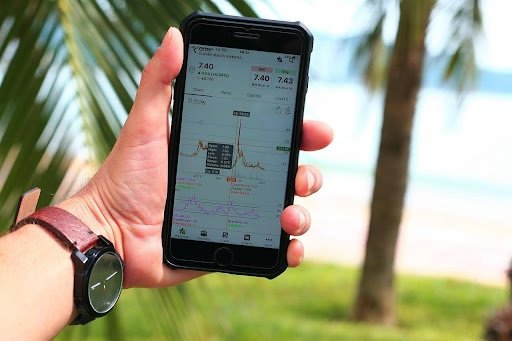Prop trading firms offer two types of challenges: the one-phase and the two-phase challenges. Prop trading firms also offer the best evaluation programs in the trading industry. Read on to learn more about the evaluation criteria in prop firm challenges.
Prop Firms – An Overview
In the last few years, prop firms have become immensely popular as they allow skilled traders to manage a large amount of capital without putting their own money at risk. These prop firms require traders to share their profits with the firm and keep a specific percentage of the profits. The prop trading firms share the profits with traders with a specific and pre-defined split ratio. Nonetheless, to qualify for the capital and subsequent profits, the prop traders must successfully pass the evaluation phase, such as the one-step challenge.
What is A Prop Firm Challenge?
As we mentioned earlier, prop trading firms require their traders to pass challenges to access capital, such as the one-step prop firm challenge. When it comes to the prop firm challenge, the evaluation process includes the assessment of whether or not you reach the trading objectives, such as reaching profit targets and not crossing the drawdown limits.
With that said, the one-step challenge has only one phase that must be evaluated. As a prop trader attempting the one-step evaluation, you must meet your profit targets without surpassing the risk parameters. If you pass the challenge and the evaluation phase, then you can progress to the master stage, where you will finally be able to withdraw profits.
Start with Understanding the Evaluation Rules
If you are attempting the one-step evaluation phase of the prop firm challenge, you must understand the rules first. While each prop trading firm has its own set of rules, some of the common rules include the following: Traders are required to generate eight to ten percent profits within the outlined timeframe. The daily loss limit for most prop trading firms is four to six percent, whereas the overall percentage of the loss limit is eight to ten percent.
There are also common rules for maximum drawdowns, where the overall maximum loss limit is between five and ten percent. On the other hand, the maximum drawdown limit is four and six percent. The common time limit for most trading rules and the evaluation phase is two months.
Nonetheless, while you have no pressure to trade every day and meet the profit target, you should be aware of the rules for the timeline, which is why it is in your best interest to read the fine print that represents the rules.
The Importance of Risk Management
Risk management is a crucial step, as most traders fail due to poor risk management. Effective risk management is an important part of the evaluation phase. Ideally, you shouldn’t risk more than one to two percent of the trading account on each single trade. Apart from risk management, you must also develop and integrate a solid trading strategy, as these can help you pass the evaluation phase and actually nail high-reward trades.
Conclusion
Before you can start trading with a funded account at a prop firm, you must pass a funded challenge. These challenges are tough and can be one step or two step evaluations. To succeed, read the evaluation rules and employ good risk management strategies.

